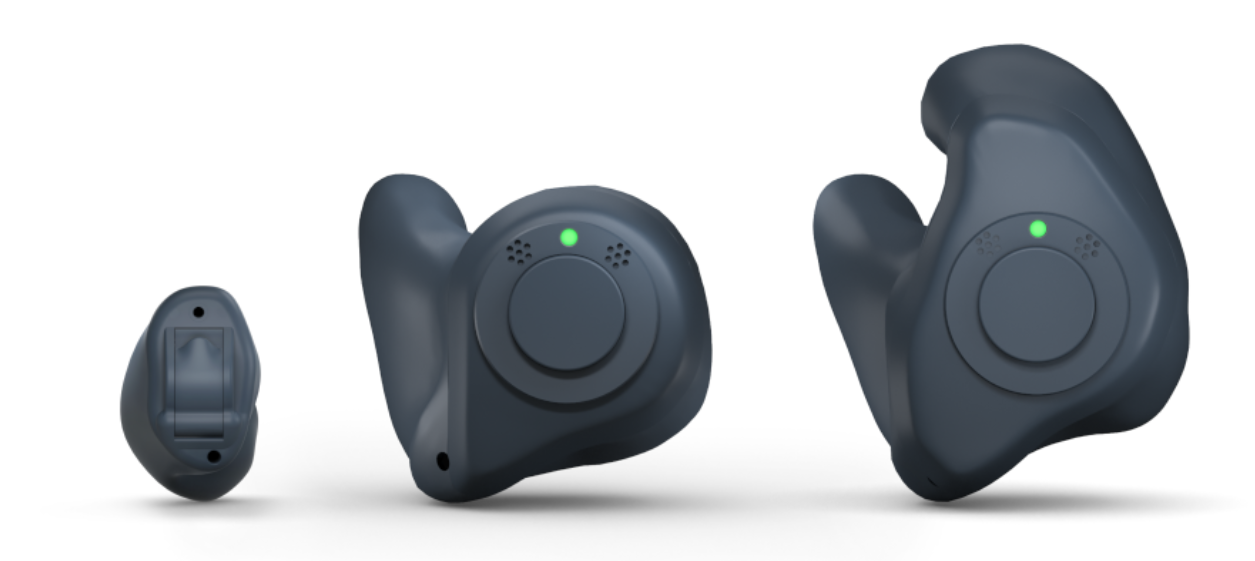Hearing aids
Hearing Aid Styles
Behind-the-ear (BTE)

In-the-ear (ITE)
Hearing Aid Features
Tinnitus Masking
While there is currently no definitive cure for tinnitus, advancements in hearing aid technology have enabled the production of devices with features that can help decrease the symptoms. The tinnitus masking feature on these devices broadcasts low-level white noise to reduce the incessant ringing or humming noises that are typical of this widespread condition.
Digital Signal Processing (DSP)
Digital Signal Processing is a technology that uses computer algorithms to differentiate speech sounds from distracting ambient noises such as construction work or traffic. This allows people with hearing difficulties to concentrate on conversations without being bothered by loud or undesired noises in the background. DSP is also effective when listening to music.
Rechargeable Batteries
Recent developments in battery technology have made it unnecessary to regularly switch out batteries in hearing aids. Lithium-ion batteries are now being used to power them and allow you to charge up your device in the same way you charge your cell phone. The newest hearing aids even offer wireless charging, where you just have to place them on the charging mat when they are not being used.
Feedback Cancellation
Feedback cancellation is a feature that is employed to stop the annoying whistling sounds that are created when audio is reverberated between your ears and your hearing device. This technology also ensures that the natural qualities of the noise remain intact, enabling you to detect delicate variations in dialogue and conversation.
Bluetooth Connectivity
Nowadays, hearing aids have the capacity to synchronize wirelessly using Bluetooth technology, meaning that you can transmit audio from any device that is compatible with Bluetooth directly to your hearing aid without the use of wires. This makes it vastly more convenient to watch TV or play music and not be restricted by cords. Furthermore, the audio quality is enhanced since the sound is sent straight to your ear from the hearing aid speaker.
